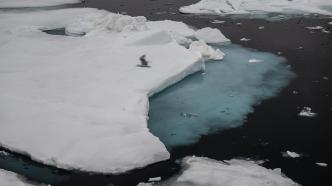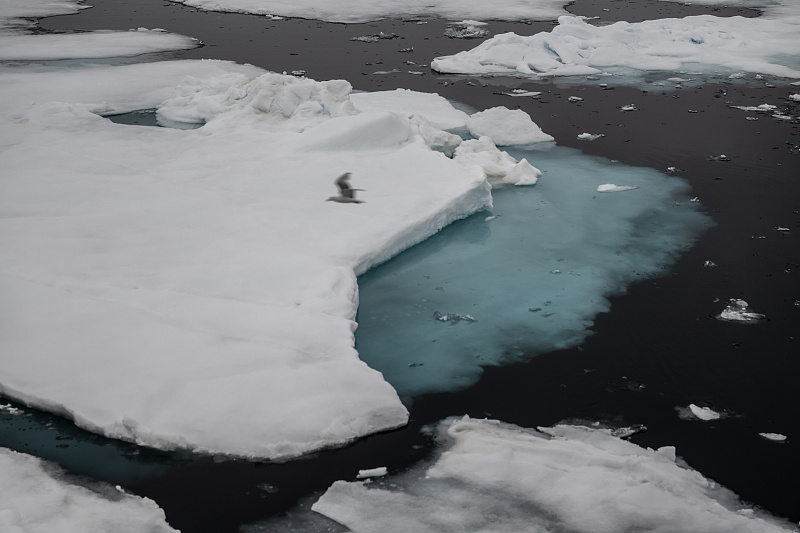
The "2023 Arctic Report Card" released by the National Oceanic and Atmospheric Administration on December 12 stated that the Arctic region experienced the warmest summer this year since records began in 1900.
The report said that the average temperature in the Arctic region from July to September this year was 6.4 degrees Celsius, setting a new record in more than 120 years, indicating that climate change is intensifying. In addition, the average temperature in the Arctic over the past year was minus 7 degrees Celsius, ranking sixth on the list of "highest temperatures" in the Arctic since 1900.

Sea ice extent in the Arctic continues to decrease this year, reaching the sixth lowest level since satellite records began in 1979. The area of accumulated "old ice" is similar to that in 2022, but it is much less than in the 1980s. There are only a small amount of "old ice" more than 4 years old.
The "greening" level of the Arctic tundra zone in 2023 was the third highest in the 24 years of satellite records, continuing the trend of more shrubs and green trees. Due to the cold climate in the Arctic tundra zone, only moss and other plants usually grew in the past. Over the past few decades, due to global warming, shrubs and green trees have grown in some areas, and even forests have formed in some areas. Researchers believe that this vegetation change will form dark surface forms that absorb more solar heat and exacerbate local climate changes.
The Arctic Report Card is a peer review report that has been published annually since 2006 and is funded by the U.S. federal government. This year's report was completed by 82 researchers from 13 countries and regions.
"The important message from this year's report card is that action is needed now... The greenhouse gas emissions that are driving these changes must be significantly reduced," said Rick Spinrad, administrator of the National Oceanic and Atmospheric Administration.
- JfvZHbPyDT05/31/2025
- PwbDXwAaGrsb05/30/2025
- ZUYChaQhMeFRcCg05/30/2025


